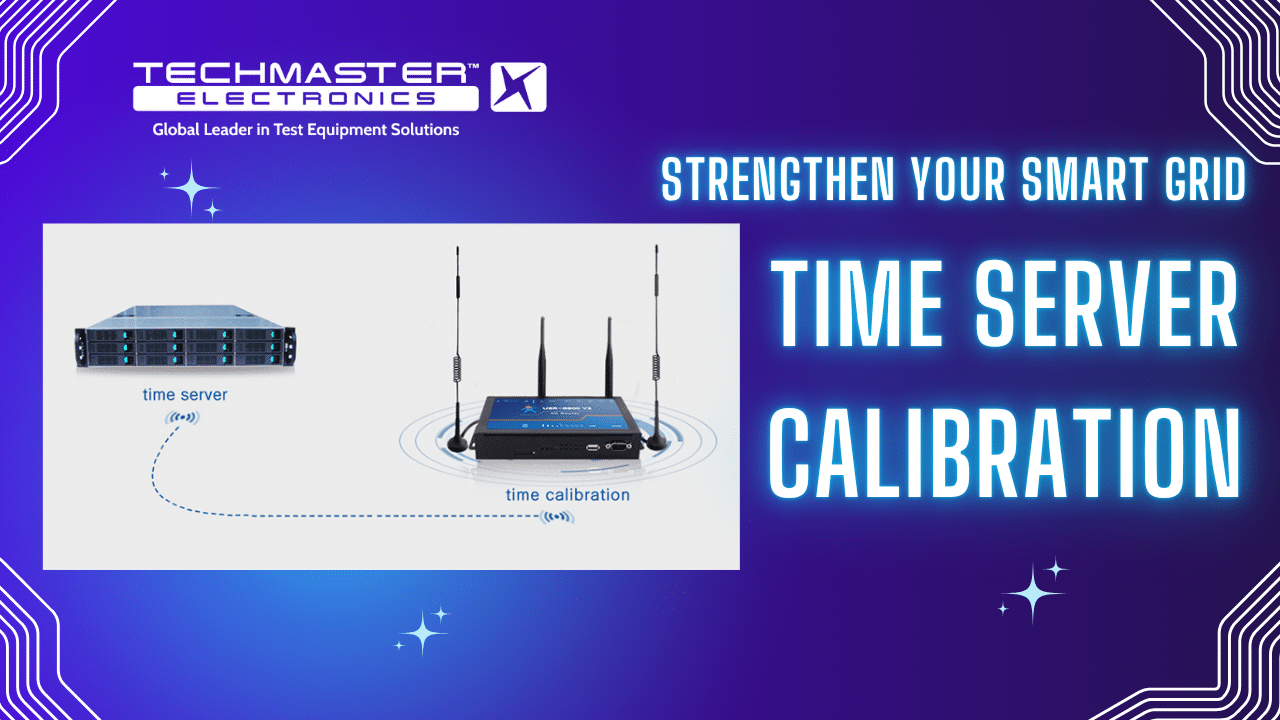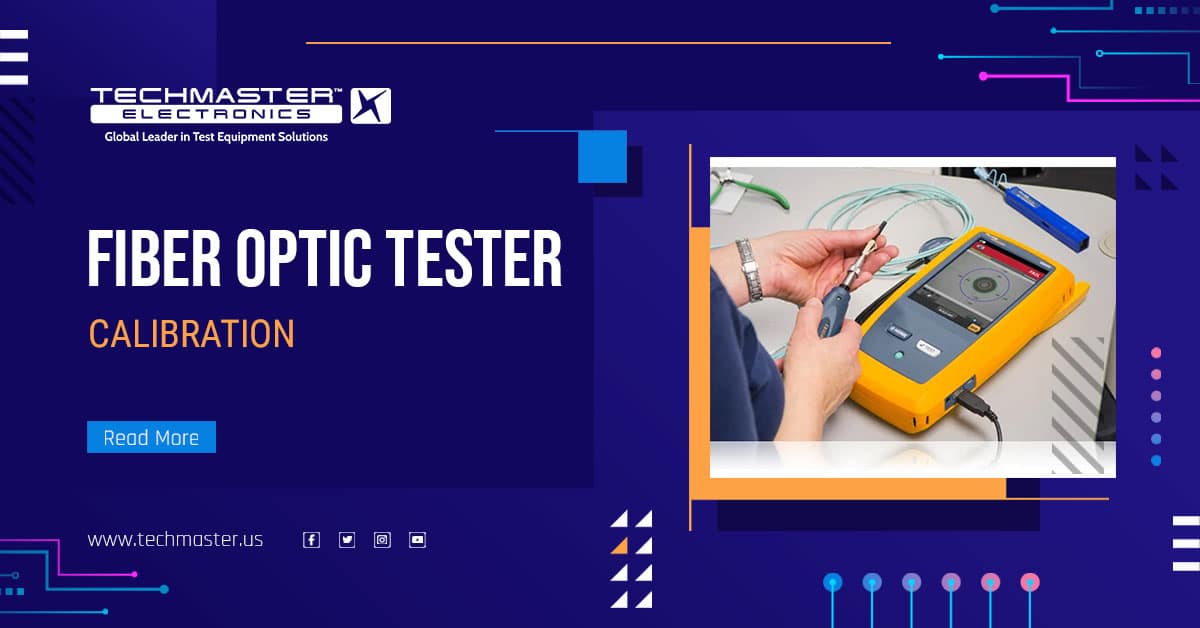In high-precision industries, accuracy isn’t optional, it’s essential. Frequency calibration plays a vital role in applications like aerospace, telecom, defense, and manufacturing. However, accurate measurements are only trusted when they’re traceable to a national standard.
That’s where NIST traceability in frequency calibration comes in.
What Is Frequency Calibration?

Frequency calibration ensures that electronic devices—such as signal generators, frequency counters, and oscillators—output or measure frequencies accurately.
Over time, these instruments may drift due to component aging, temperature variations, or environmental stress. Regular calibration corrects this drift and aligns measurements with a defined standard.
Why Does Traceability Matter?
Calibration without traceability is like navigation without a map.
Traceability ensures that each measurement result can be linked to a recognized national or international standard in the U.S., that’s NIST (National Institute of Standards and Technology).
Traceability provides:
-
Confidence in measurements
-
Compliance with regulatory bodies
-
Legal defensibility in audits or disputes
-
Consistency across labs and global operations
What Is NIST Traceability?

NIST traceability means that the calibration process has a documented, unbroken chain of comparisons to NIST-maintained standards, each with known uncertainties.
For a calibration to be NIST-traceable:
-
The reference standard used must itself be calibrated against a higher standard.
-
Each step must include a documented uncertainty.
-
The process must follow ISO 17025 or equivalent quality systems.
-
All results must be verifiable by audit or inspection.
This chain ensures every measurement is scientifically valid and legally defensible.
Who Requires NIST-Traceable Frequency Calibration?
Industries with zero tolerance for error depend on NIST traceability, including:
-
Aerospace & Defense: for radar systems, avionics, and missile guidance.
-
Telecommunications: to maintain signal integrity and timing accuracy.
-
Medical Devices: where life-critical signals depend on exact frequencies.
-
Semiconductors: for RF circuit validation and chip testing.
-
Calibration Labs: as a baseline for further calibration services.
Whether you’re producing, maintaining, or auditing complex systems, NIST-traceable results protect your reputation and operations.
What Happens Without Traceability?
Operating without NIST traceability increases your exposure to:
-
Audit failures
-
Regulatory noncompliance
-
Measurement disputes with customers or partners
-
Uncertainty in research, development, and production outcomes
-
Safety or mission failures in critical systems
Without a traceable standard, any measurement could be called into question, especially during ISO, FDA, or DoD audits.
How Techmaster Ensures NIST Traceability
At Techmaster, we provide ISO 17025-accredited frequency calibration services with full NIST traceability.
Our process includes:
-
Use of primary and secondary standards calibrated directly by NIST or NIST-traceable labs.
-
Documentation of the full calibration chain and uncertainty budgets.
-
Calibration of a wide range of devices including frequency counters, RF generators, synthesizers, and more.
-
Delivery of calibration certificates with traceability statements and compliance with ANSI/NCSL Z540.3.
Whether in-lab or onsite, Techmaster delivers confidence, compliance, and precision—backed by NIST.
Benefits of Choosing a NIST-Traceable Calibration Partner
When you choose a lab like Techmaster, you get more than just calibration. You gain:
- Compliance – With ISO, FAA, FDA, DoD, and OEM standards
- Audit Readiness – With traceable documentation for every instrument
- Risk Reduction – From product defects, safety incidents, and legal disputes
- Global Consistency – Across all measurement activities and facilities
- Technical Support – From experts who understand your industry’s needs
Conclusion
NIST traceability in frequency calibration is not optional, it’s essential. It’s the foundation of accurate, defensible, and compliant measurement systems in high-stakes industries.
If your operations depend on frequency accuracy, don’t risk uncertainty. Partner with Techmaster to ensure your calibration is fully traceable, audit-ready, and performance-focused.











